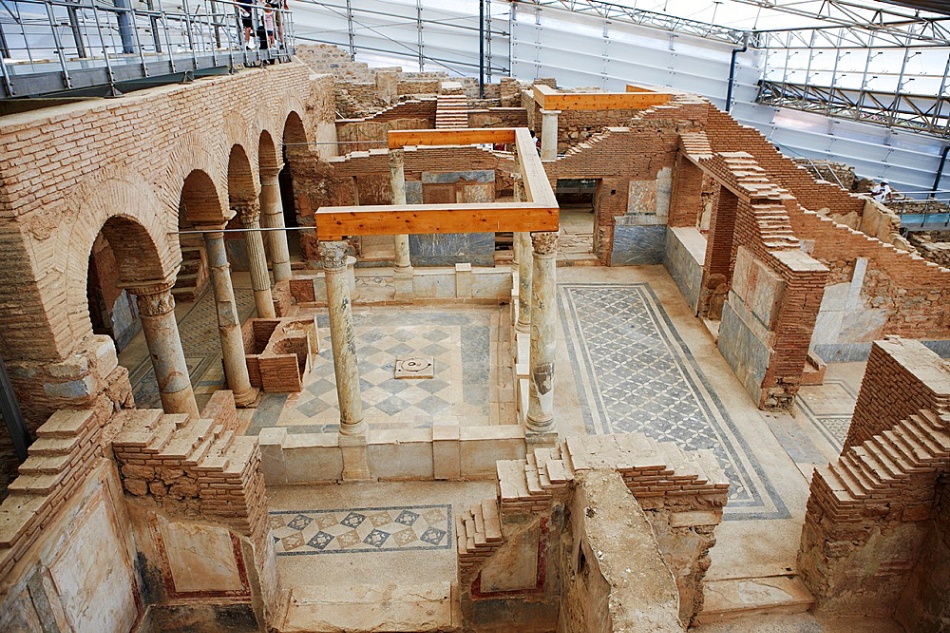Situated on the hill across from the Hadrian Temple, these terrace houses, also known as “the houses of the rich,” offer valuable insights into family life during the Roman period. These well-preserved structures provide a glimpse into the opulence and everyday routines of affluent Roman families.

The terrace houses are a testament to the architectural sophistication of the time. Constructed with meticulous attention to detail, they showcase the wealth and status of their inhabitants. Elaborate frescoes, intricate mosaics, and luxurious interior decorations adorn the walls, floors, and ceilings, reflecting the refined taste and artistic sensibilities of the Roman elite.

Exploring these houses provides a fascinating window into the social dynamics of Roman society. The layout of the rooms, the presence of communal spaces, and the arrangement of domestic areas offer valuable insights into the structure of Roman family life. They reveal how different spaces were designated for cooking, dining, entertaining guests, and private living quarters.

The terrace houses also shed light on the lifestyle and daily activities of the Roman elite. Lavish dining rooms, opulent bathing areas, and well-appointed bedrooms provide evidence of the luxurious amenities enjoyed by the inhabitants. The presence of courtyards and gardens further illustrates the importance of outdoor spaces for relaxation and leisure.
In addition to their architectural significance, these houses yield a wealth of artifacts and household items. Excavations have uncovered a wide range of artifacts, including pottery, glassware, jewelry, and personal belongings, offering a tangible connection to the lives of the ancient inhabitants.

Studying these terrace houses enables us to understand the social, cultural, and economic aspects of Roman life. It helps us comprehend the power dynamics, social hierarchies, and the daily routines of the privileged class. The houses provide a unique perspective on the Roman way of life and their pursuit of comfort, luxury, and aesthetic refinement.
Preserving and studying these terrace houses is crucial for unraveling the complexities of family life during the Roman period. They serve as invaluable educational resources, allowing us to appreciate the cultural heritage and architectural achievements of the ancient Romans while gaining a deeper understanding of the social fabric of that era.